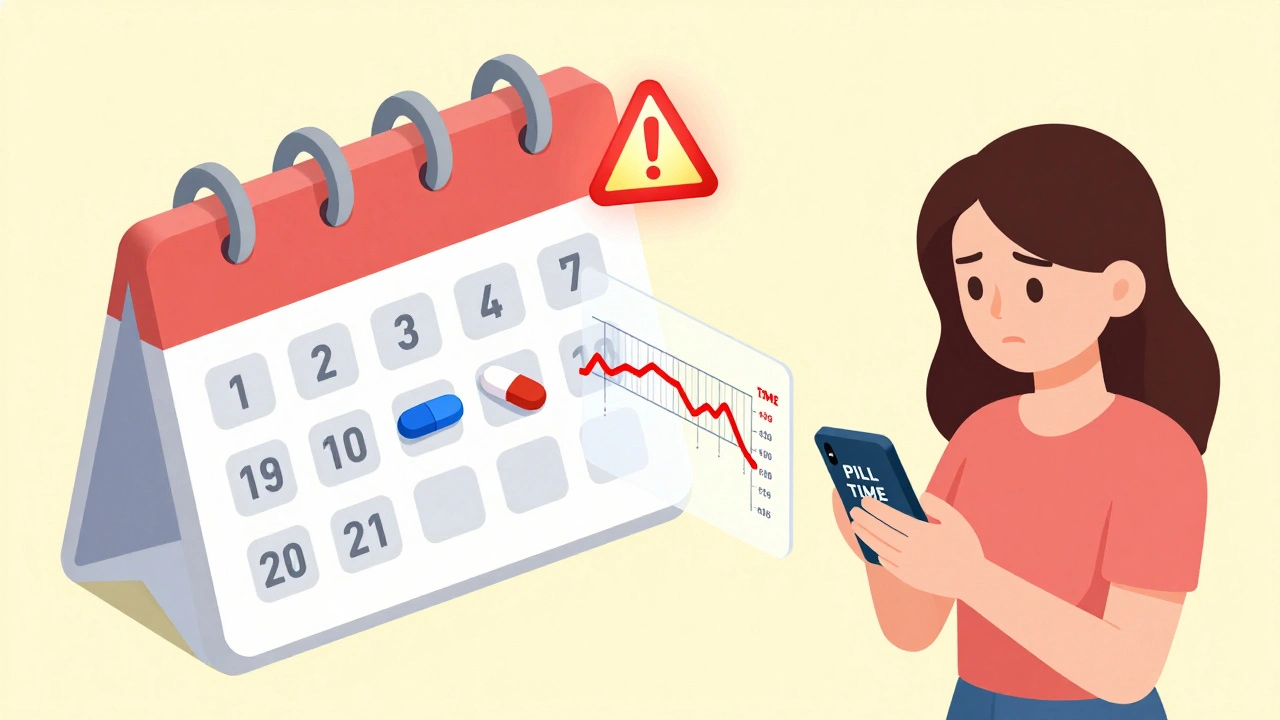Side effects: spot, manage, and report medication reactions
Side effects are a normal part of taking many medicines, but they don’t have to catch you off guard. Here you’ll find clear, practical steps to recognize which reactions need urgent care, which can be managed at home, and how to lower the chance of problems in the first place.
Common types and clear red flags
Some side effects are mild and expected—nausea from diabetes drugs like Rybelsus, mild stomach upset from NSAIDs, or temporary drowsiness with certain pain meds. Others are urgent. Stop the medicine and seek help if you get: trouble breathing, swelling of face or throat, fainting or severe dizziness, sudden chest pain, or a fast irregular heartbeat. Also treat widespread skin rash, yellowing of the skin/eyes, or severe abdominal pain as serious.
Look for patterns. If a new symptom appears soon after starting a drug or changing the dose, the medicine may be the cause. Write down when symptoms start, how long they last, and what makes them better or worse. That record helps your doctor or pharmacist spot the problem faster.
Practical steps to reduce and report side effects
Before you start a medicine, read the leaflet. Check common side effects, food and alcohol advice, and interaction warnings. If you take other drugs or supplements, ask about interactions—some combinations raise risks (for example, mixing NSAIDs with certain blood pressure meds, or combining sedatives with opioids).
Simple habits can cut risk: take medicines with food if recommended, avoid alcohol when advised, and follow dosing exactly. If nausea shows up, try small, bland meals and ginger; for constipation from pain meds, increase water, fibre, and consider an over-the-counter stool softener after asking your provider.
If a side effect is mild but bothersome, call your pharmacist first. They can often suggest fixes—timing changes, supportive care, or whether a dose tweak is safe. If symptoms are severe or sudden, contact emergency services right away.
Keep regular follow-ups. For drugs that need monitoring (some painkillers, NSAIDs like celecoxib, or diabetes medicines), blood tests or blood pressure checks can catch problems early. Don’t skip those checks because they protect your heart, kidneys, and liver.
Report what you experienced. Reporting helps everyone. In the US you can use FDA MedWatch; in Australia, report to the TGA. Your pharmacist or doctor can also file reports for you. Include the drug name, dose, when the effect started, and any other medicines or supplements you used.
Finally, trust your instincts. If something feels wrong after a new medicine, don’t ignore it. Ask questions, document symptoms, and get help when needed. That keeps you safer and helps clinicians choose better options—whether that means switching from one NSAID to another, choosing a different pain plan, or adjusting a chronic medication.
Fluoxetine, an SSRI, is predominantly prescribed to treat depression, OCD, and anxiety. This article explores its medical benefits, potential side effects, and possible interactions with other substances. Proper dosage and recommendations for safe usage will be discussed, offering a comprehensive understanding of this widely-used medication. Discover how Fluoxetine can affect your mental health and obtain valuable tips for optimal results.
View More
Navigating the world of antibiotics can be tricky, especially when it comes to finding reliable sources and understanding how to use them safely. This article delves into the key aspects of ordering Keflex, a commonly used antibiotic, with a focus on its active substance, Cephalexin. Covering everything from medical uses, recommended dosages, to potential side effects and drug interactions, it's a comprehensive guide designed to equip readers with the knowledge they need to make informed health decisions. Tips for safe usage and where to find trustworthy sources online are also included, making this a go-to resource for anyone considering Keflex for their medical needs.
View More
As a blogger, I recently came across the topic of Loratadine and its potential side effect of causing dry mouth. Loratadine is an antihistamine commonly used to relieve symptoms of allergies, such as sneezing, runny nose, and itching. While it's generally considered safe, some users may experience dry mouth as a side effect. It's important to stay well-hydrated and consider alternative treatments if this becomes a persistent issue. Overall, it's crucial to consult with a healthcare professional before making any changes to your allergy treatment plan.
View More




